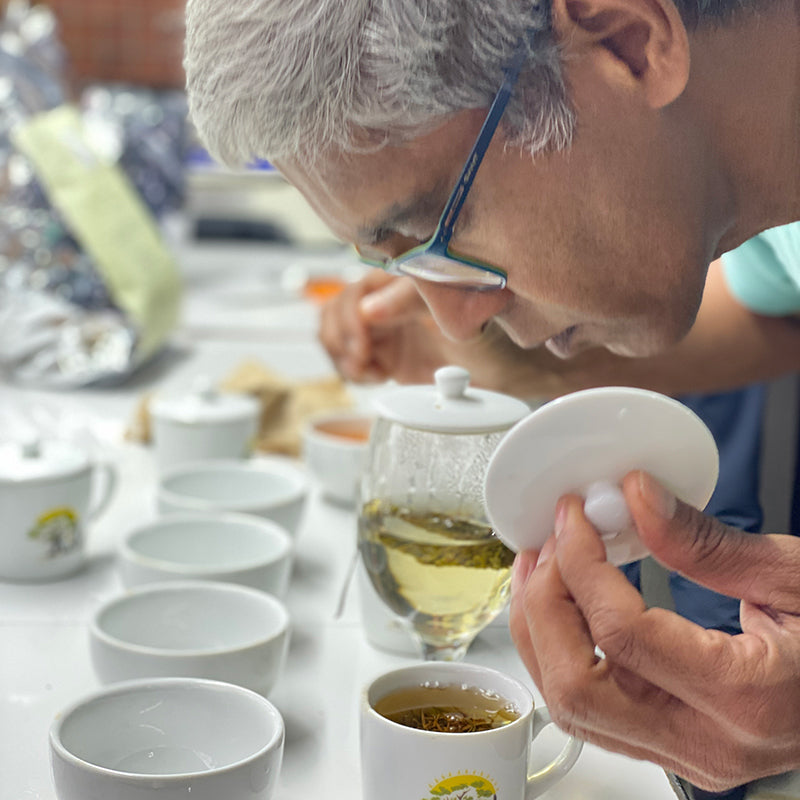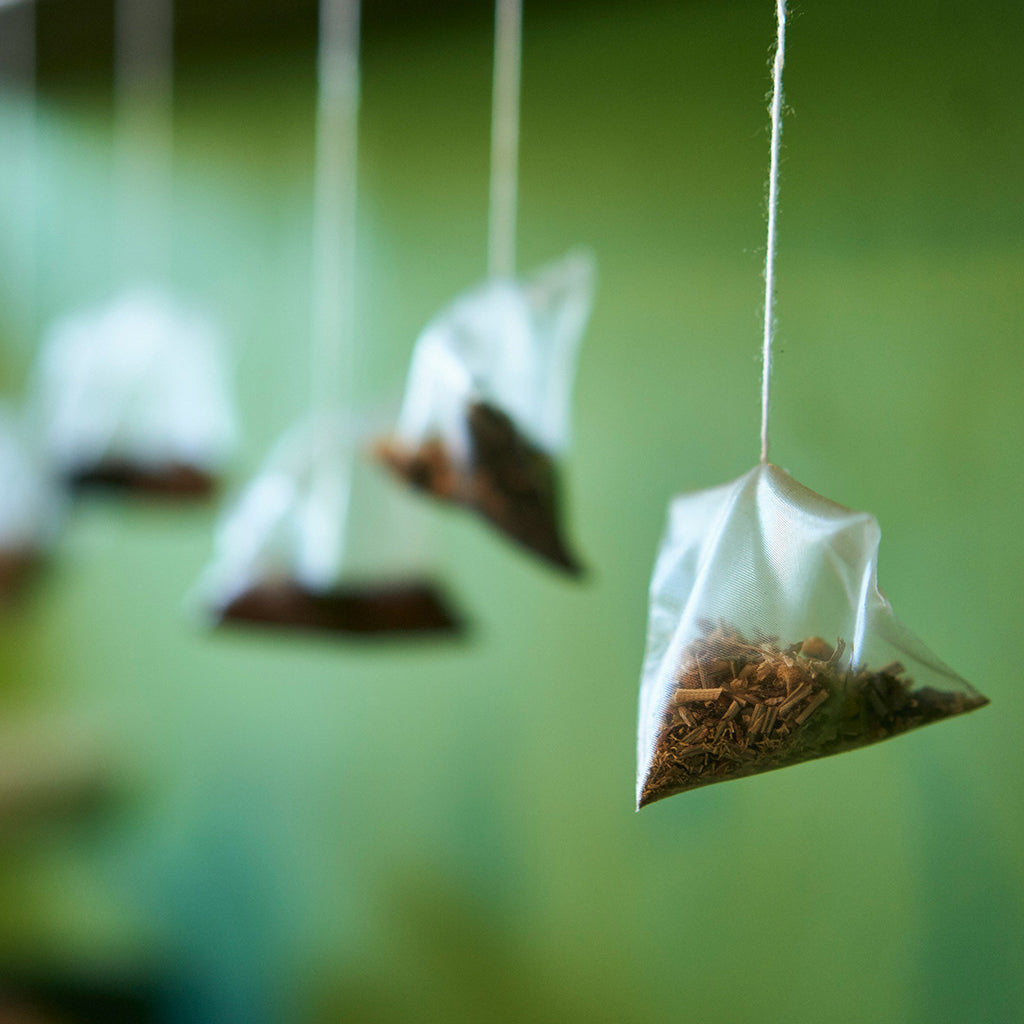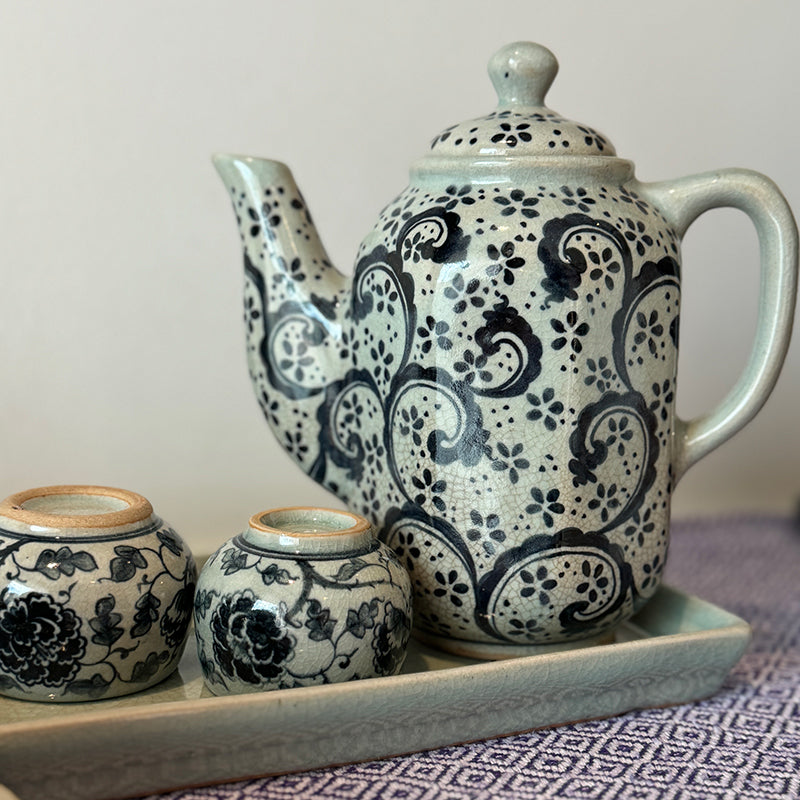The Tea Plant: Unraveling the Basics of Camellia Sinensis
Tea is one of the world's most beloved beverages, enjoyed by millions of people every day. Whether sipped as a comforting warm drink on a rainy afternoon or savored as a refreshing iced tea on a scorching summer day, this ancient beverage has a rich history and cultural significance that spans centuries. At the heart of this cherished tradition lies the tea plant, scientifically known as Camellia Sinensis.
The Origins and Botanical Profile
The tea plant, Camellia sinensis, is an evergreen shrub native to East Asia, particularly China, India, and Southeast Asia. With its glossy, dark green leaves and delicate white flowers, it belongs to the Camellia genus, which includes more than 250 species. However, it is the Camellia sinensis plant that serves as the primary source for tea production.
Camellia sinensis thrives in regions with specific climatic conditions, including moderate temperatures, ample rainfall, and well-drained soils. These optimal growing conditions are typically found in mountainous areas, providing the ideal environment for tea cultivation.

Cultivation and Harvesting
The process of cultivating tea begins with the careful selection of suitable tea plant varieties. There are several cultivars of Camellia sinensis, each producing teas with distinct flavors and characteristics. These cultivars are carefully cultivated and propagated to maintain the desired traits of the tea they yield.
Tea plants can be propagated through seeds, cuttings, or grafting. Once established, they require diligent care and attention to ensure healthy growth and leaf production. Pruning and regular harvesting are essential practices to encourage the development of tender, young leaves, which are crucial for producing high-quality teas.
The harvest time plays a crucial role in determining the type and flavor of the tea. For instance, the first flush, which occurs in the early spring, yields delicate and light teas, while subsequent flushes during the growing season produce heartier and more robust flavors.

Types of Tea
The tea plant's remarkable versatility gives rise to an impressive array of tea types, each with its unique taste, aroma, and appearance. Broadly speaking, the four main types of tea include black, green, white, and oolong, all of which are derived from the leaves of Camellia sinensis.
-
Black Tea: Produced through a process of withering, rolling, oxidation, and drying, black tea boasts a robust flavor and dark amber hue. It is the most commonly consumed type of tea worldwide and is known for its boldness and depth of character.
-
Green Tea: To create green tea, the leaves undergo minimal oxidation, preserving their vibrant green color and natural antioxidants. This gentle processing method results in a delicate, grassy flavor with a subtle sweetness.
-
White Tea: Among the least processed types of tea, white tea consists of young, unopened buds and leaves. It undergoes minimal handling, allowing its delicate flavors and floral notes to shine through.
-
Oolong Tea: Falling somewhere between black and green tea in terms of oxidation, oolong tea offers a diverse range of flavors, from floral and fruity to woody and roasted. Its preparation involves partial oxidation and skilled craftsmanship.
Health Benefits
Beyond its delightful flavours, tea offers a plethora of health benefits. Rich in antioxidants, such as catechins and flavonoids, tea consumption is linked to various positive effects on human health. These antioxidants help combat free radicals, which can contribute to cellular damage and aging.


Research suggests that regular tea consumption may contribute to a reduced risk of heart disease, certain types of cancer, and neurological disorders. Additionally, tea contains compounds like theanine, which can promote relaxation and mental clarity.
The tea plant, Camellia sinensis, has stood the test of time, captivating the world with its diverse flavours and cultural significance. From the serene tea plantations on misty mountainsides to the bustling teahouses in urban centers, the tea plant's influence is far-reaching.

Next time you savor a cup of tea, take a moment to appreciate the centuries-old legacy behind the infusion in your hand. The tea plant's journey from ancient origins to the global phenomenon it is today is a testament to the beauty of nature's offerings and humanity's ingenuity in cultivating and crafting this beloved beverage. So, let us raise our cups in celebration of the tea plant, a true gift from nature to be cherished and shared with each delightful sip.




